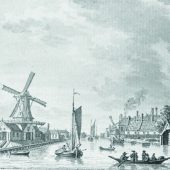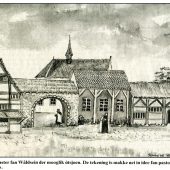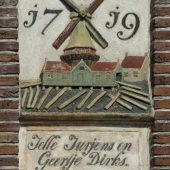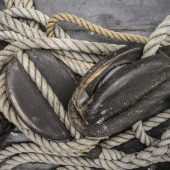More than 790 participants
Weapon of Woudsend
-
Historie over Woudsend
-
Beleef mee door video's
-
Handige en leuke weetjes
-
Doe mee met de quiz
11 Alleyways Tour
The nineteen alleyways in Woudsend connect the centrally located Midstrjitte with the Ie waterway and with the western part of the village. Many of the names of the alleyways are reminiscent of the 18th and 19th centuries. The names of the alleyways take their origins from local tradition. Certain alleyway names are easy to understand; however, to grasp and interpret others requires historical knowledge and a hint of imagination.




